
OR
Near Rs 2 billion and 6 yrs later, poverty ID cards still in limbo
Published On: September 7, 2019 07:44 AM NPT By: Republica | @RepublicaNepal
KATHMANDU, Sept 7: After spending over a billion rupees and years of delay, a much-hyped program introduced by an earlier government some eight years ago remains in limbo due to the present government’s reluctance to own the program.
The government’s indifference has raised fears that all that investment in time and money will now go to waste.
In 2012, the then Ministry of Cooperatives and Poverty Alleviation initiated a program to identify all poor households in the country and distribute poverty identity cards. A survey of 1.22 million households in 26 districts identified a total of 391,000 households in the poor category, making them eligible for the ID card.
Of these households, 188,000 were categorized as very poor, 119,000 as moderate poor, and other 83,000 as normal poor.
The dis-aggregated individual household level data was meant for better targeting the poor and destitute, so that they could benefit from social transfers, health care and other targeted services.
The survey used 18 different indicators to identify the poor households, covering information about income status, consumption, education, ethnicity, toilet use, structure of dwelling, geographic location, and access to utilities, among other things.
The government has spent over Rs 1.5 billion rupees to carry out the paper-based survey. A year was spent collecting data from the field, and another three years entering the data at the center and on analysis. A total of 3,000 people including enumerators were involved in the mammoth exercise.
The first phase of the survey was done in Bhojpur, Khotang, Siraha, Sindhuli, Ramechhap, Rauthat, Gorkha, Tanahun, Baglung, Kapilbastu, Arghakhachi, Pyuthan, Rolpa, Rukum, Bardiya, Jajarkot, Dolpa, Jumla, Kalikot, Mugu, Humla, Bajura, Bajhang, Achham and Kailali.
A separate secretariat, the Poor Household Support Coordination Board, was established by the Baburam Bhattarai government in 2012.
Uncertainty over the entitlements for ID card holders and disputes in some districts relating to non-poor enrolling for the cards caused the delay, officials confided.
“So far the ID cards have been distributed in a few districts only,” said Jhabindra Prasad Pandey, chief of Poor Identity and Standardization Unit under the Ministry of Land Management, Cooperatives and Poverty Alleviation. “The pace of distribution is rather slow.”
The delay is hurting the poor, opines, Janak Raj Joshi, a former government secretary who played an active role in getting the program started. “The government should provide proper emphasis and in case of errors these should be subjected to correction.”
Program director with the Central Bureau of Statistics (CBS) Ramhari Gaire, who was also director for the Poor Household Support Coordination Board, claims there are no flaws in the methodology.
“This is scientific methodology, and a grievance handling process could correct the errors later, if any, ” he said.
Local governments are less enthusiastic over owning the initiative, Gaire said. “The central government’s role is critical in addressing their concerns and bringing them on board, ” he added.
Even without the issuance of the ID cards, the data used is now relied on for health insurance purposes by different agencies, said Pandey of the ministry.
Various government programs plan to rely on the Poor ID cards while targeting the poor and the delay in card distribution has affected their program delivery. Free health treatment, school scholarships, food relief and small enterprise help were tied to this initiative.
“There are constant queries from different quarters relating to the status of the ID cards,” Pandey further said.
For the current fiscal year, the government is carrying out a similar survey in an additional 12 districts, investing an additional Rs 6.4 million for the purpose. Unlike the paper-based survey during the first phase, the current survey would be tablet-based, making it easy to send data directly to the central server.
“The remaining 39 districts should be covered soon as we have requested the Ministry of Finance for a budget of Rs 1.05 billion to complete the survey,” said Joint Secretary and spokesperson at the ministry Janak Raj Joshi (not to be confused with former secretary).
Refuting reports that the government was not giving priority to the distribution of the ID cards, Joshi said, “We are serious and we are in touch with the local governments to carry it forward.”
He said all related ministries should utilize the ID card while targeting the poor.
It is estimated that a fourth of the Nepali population lives below the poverty line.
You May Like This
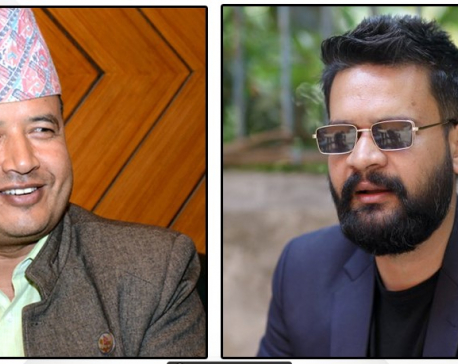
UML leader Basnet to Balen: Don't be pampered just because you have a few hundred fans on Facebook
KATHMANDU, August 26: While the Mayor of Kathmandu Metropolitan City (KMC), Balendra Shah, is speeding up the work to demolish... Read More...
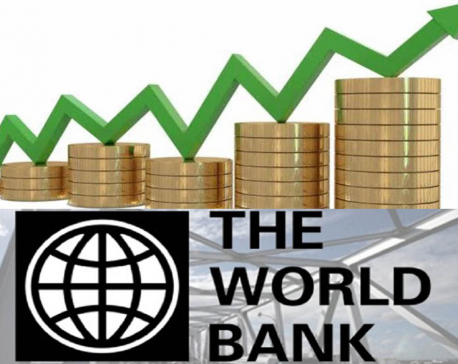
Complete education, full health could double Nepal's GDP per capita: WB
KATHMANDU, June 7: Nepal has the potential to double its Gross Domestic Product (GDP) per capita in the long run if... Read More...

Smugglers’ go-downs near customs office
SIRAHA, March 16: On March 10, a team from the District Police Office (DPO), Siraha, arrested a truck with an... Read More...


Just In
- JSP Central Executive Committee meeting today
- Ambassador Adhikari presents his letter of credentials to Turkish President Erdoğan
- Bajhang by-election: Construction of Taklakot Road is common election agenda of candidates
- Meeting of Finance Committee being held today to discuss 2025/25 budget
- Stakeholders call for transparency as Beijing pushes for early implementation of BRI projects in Nepal
- Special Court orders judicial custody for Sunil Paudel over illegal wealth acquisition charges
- District Court Rautahat sentences four individuals including Aftab Alam to life imprisonment
- Class 12 exam starts today with participation of over 390,000 candidates








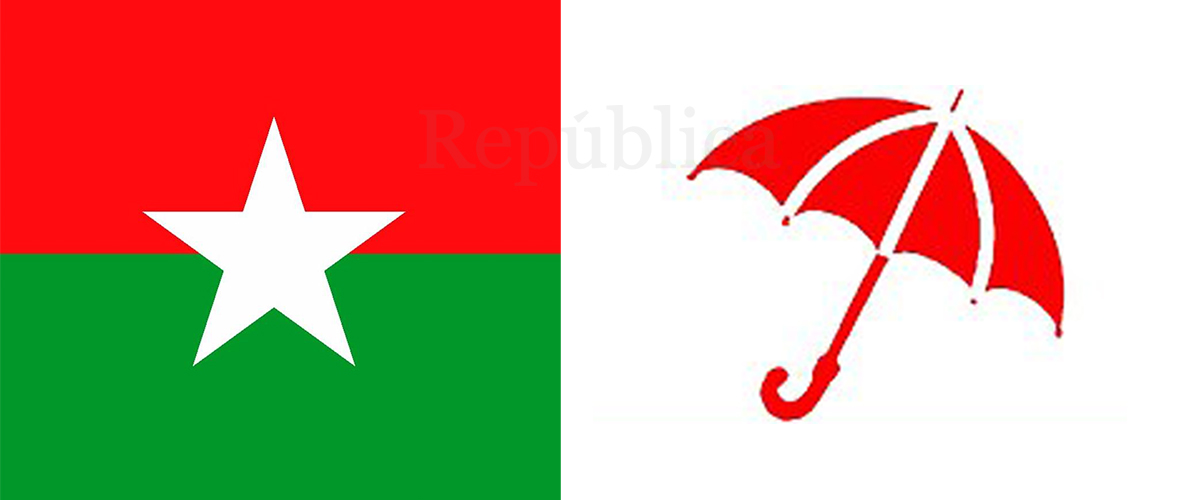
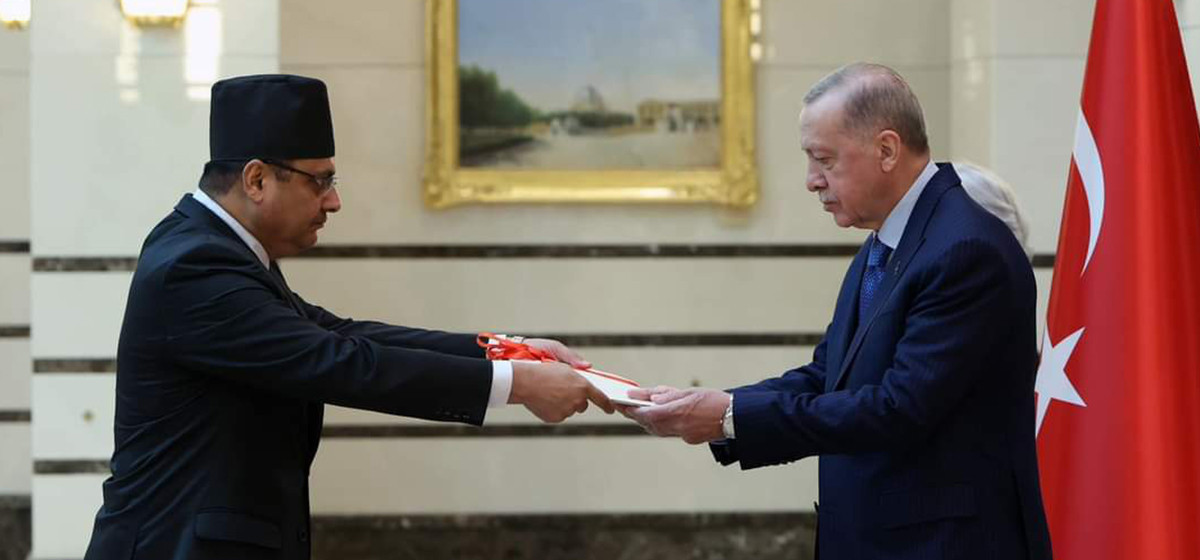
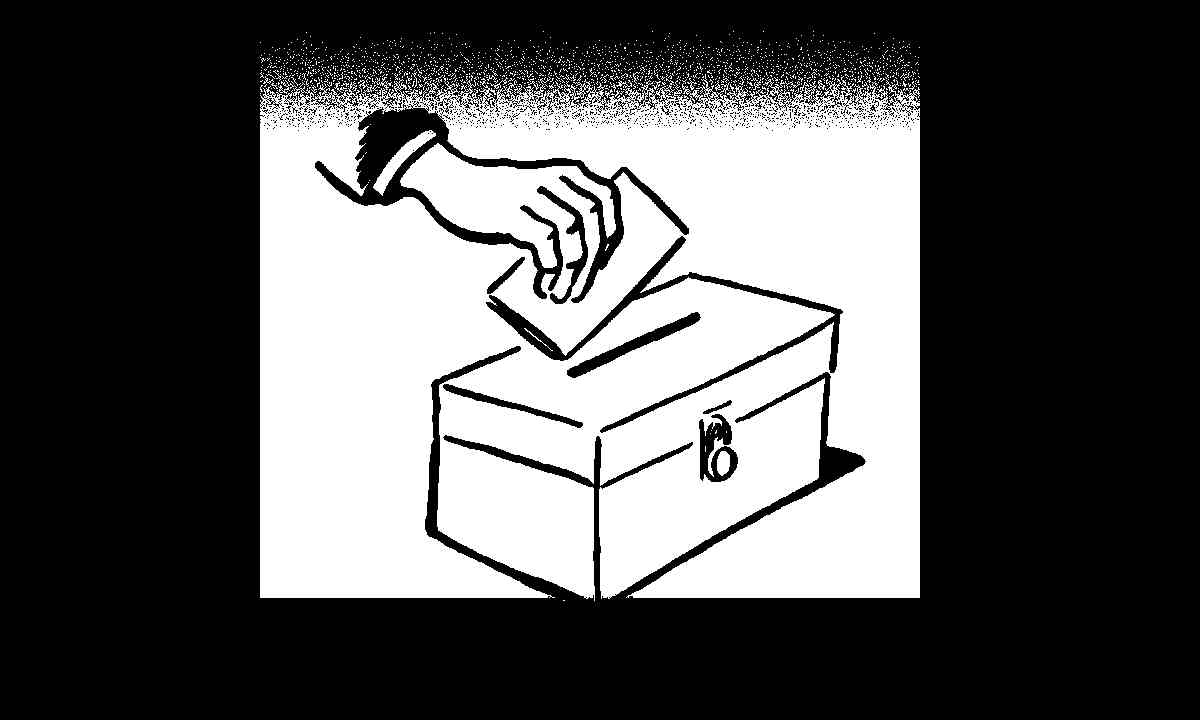
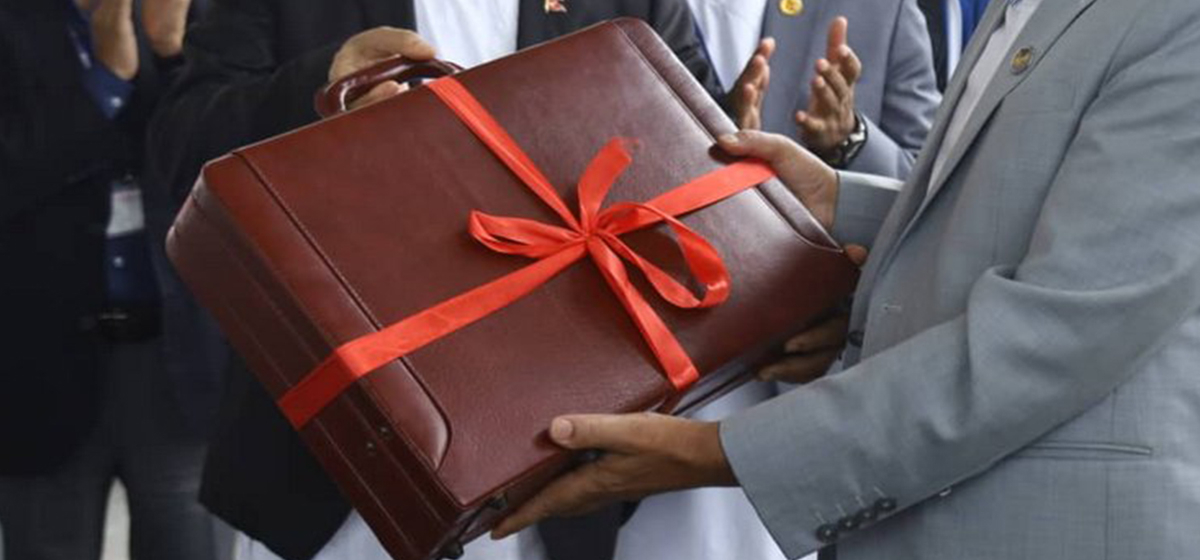

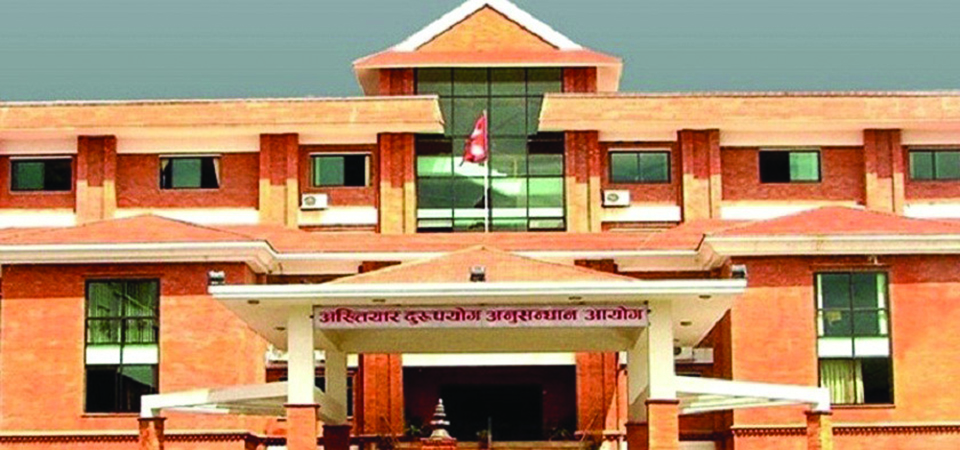


Leave A Comment